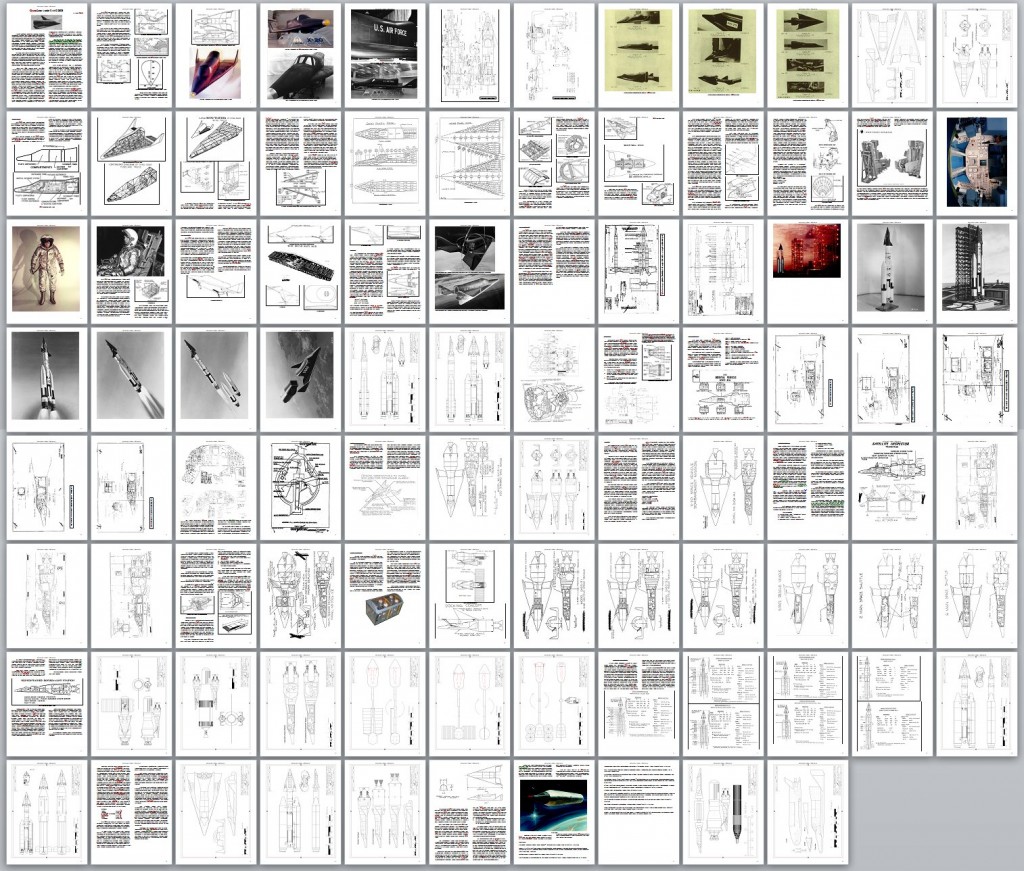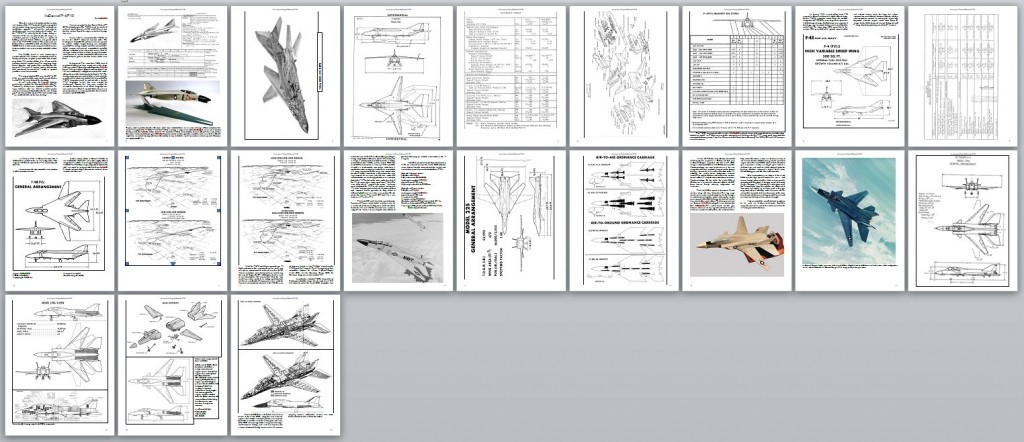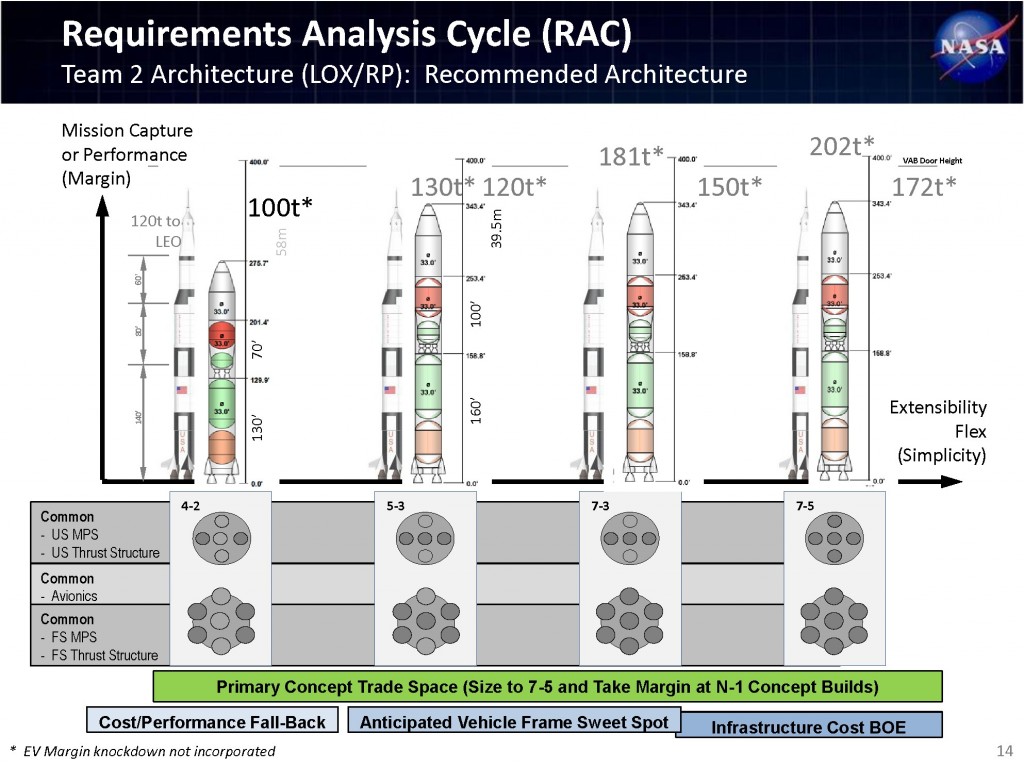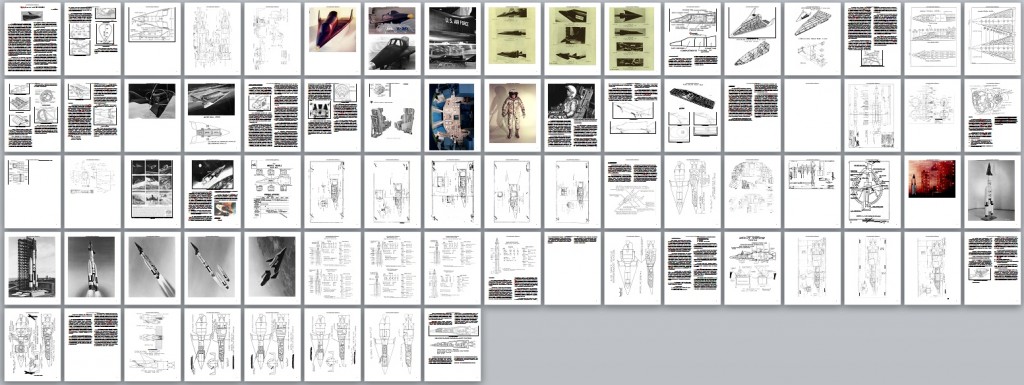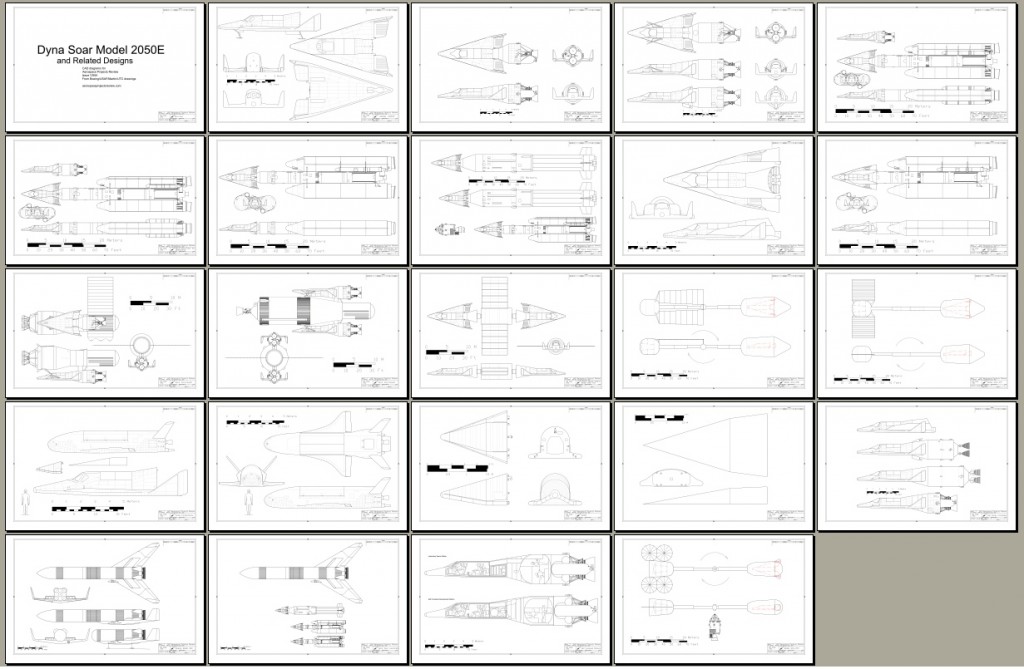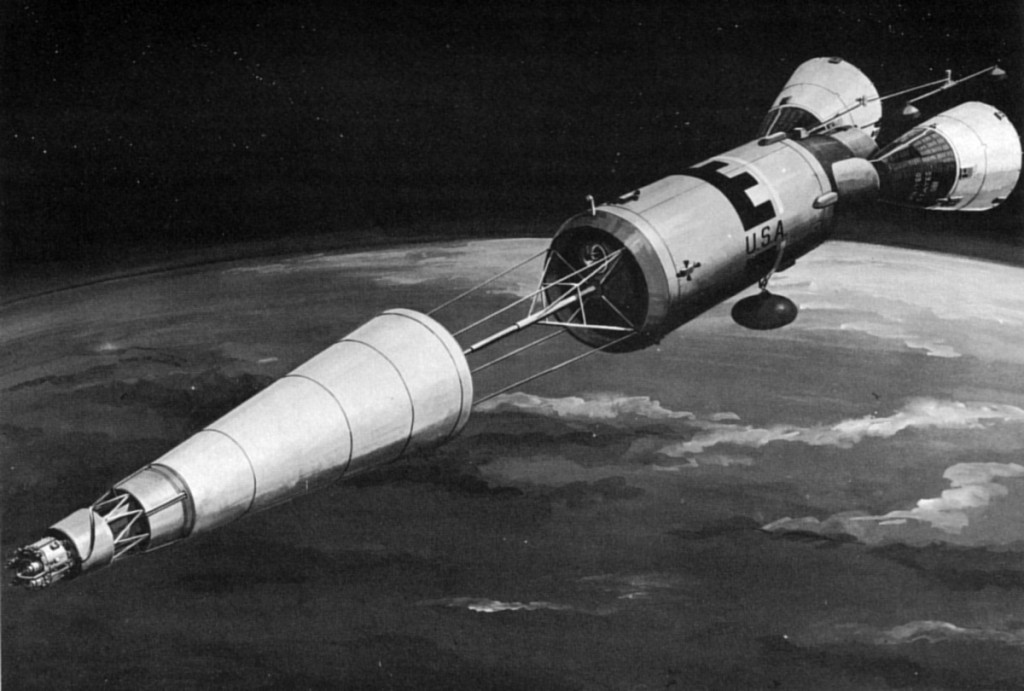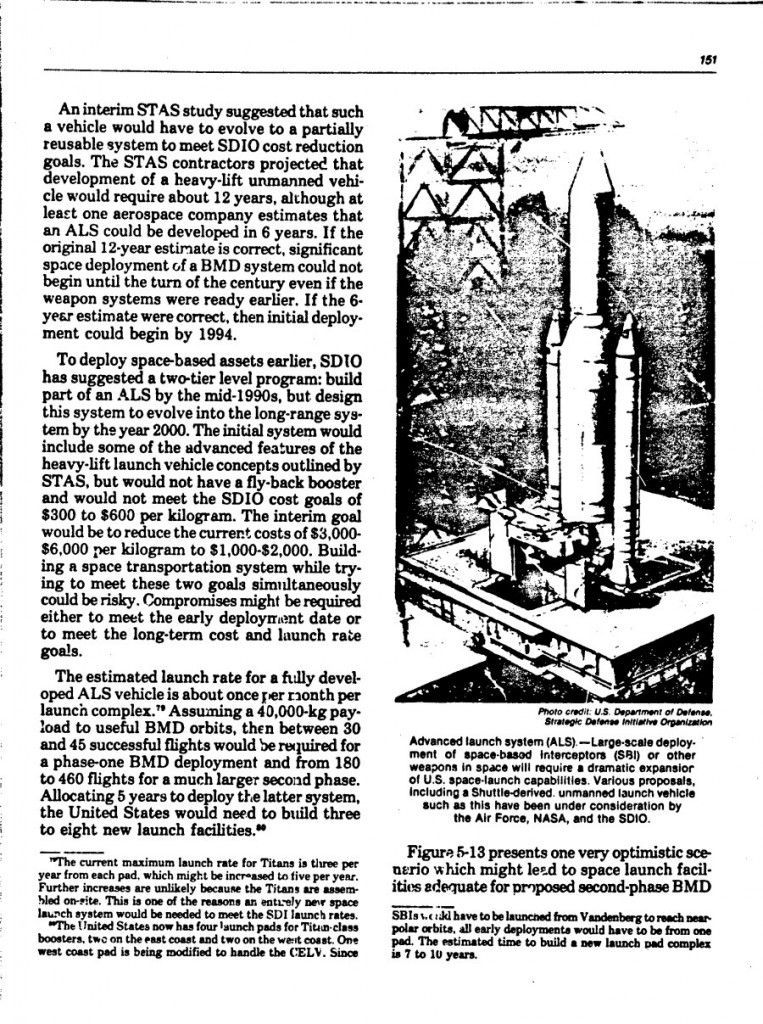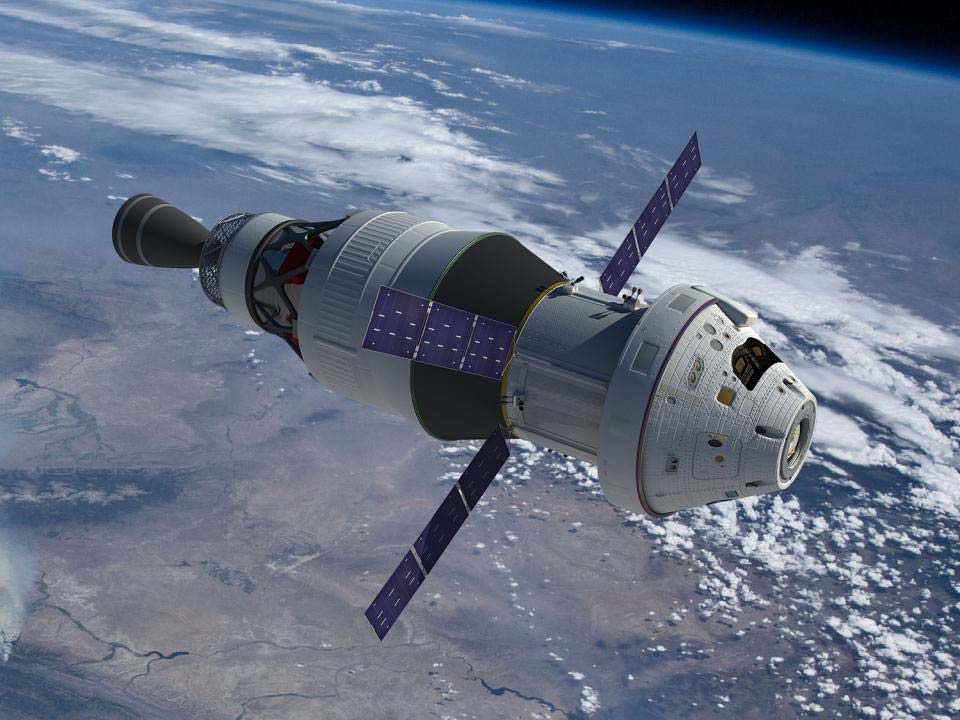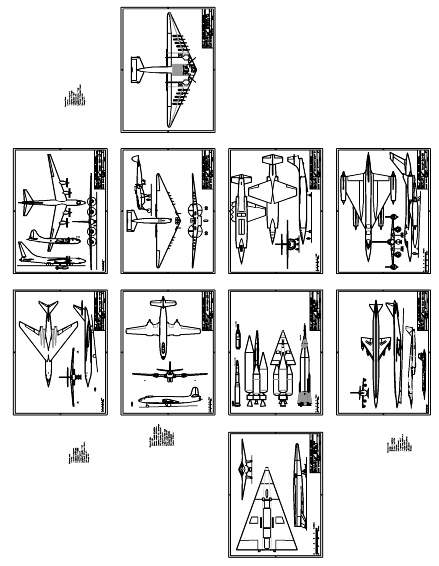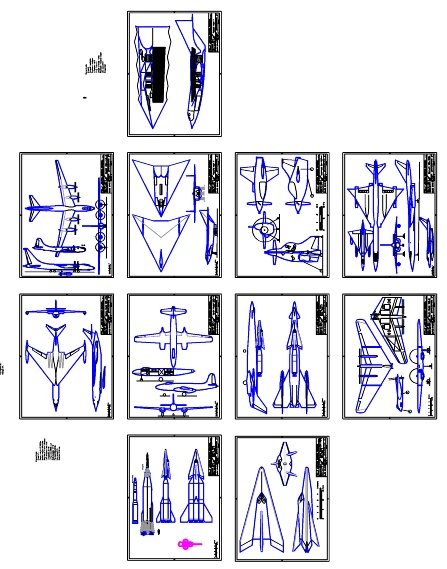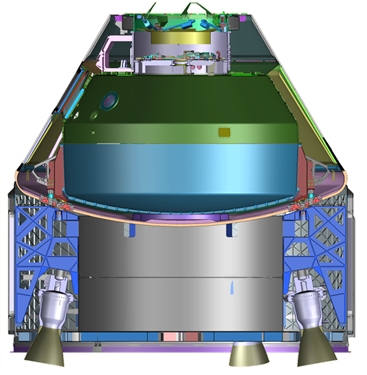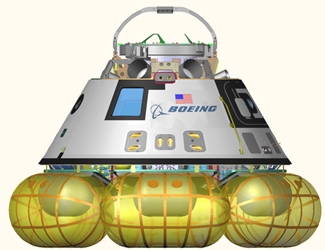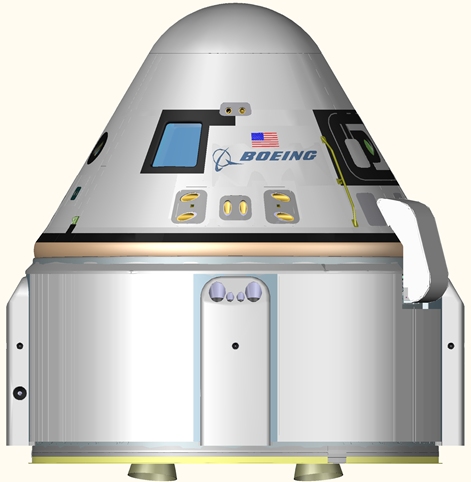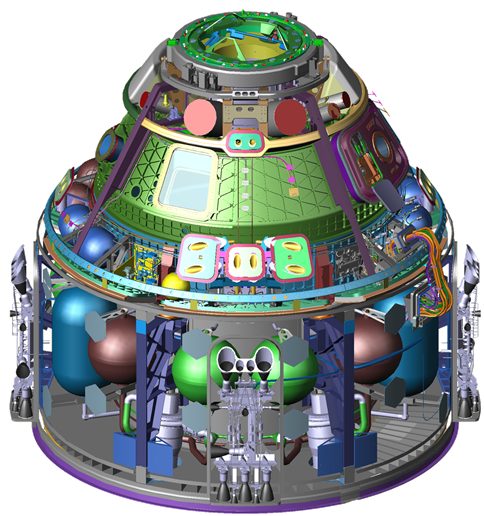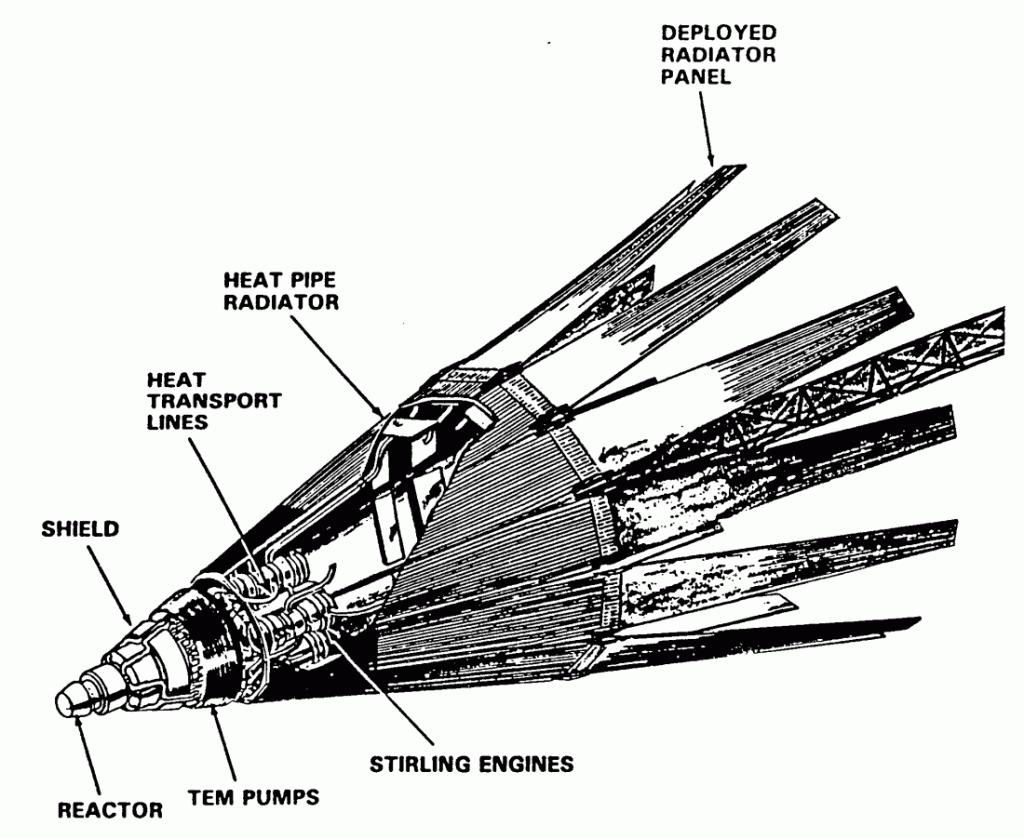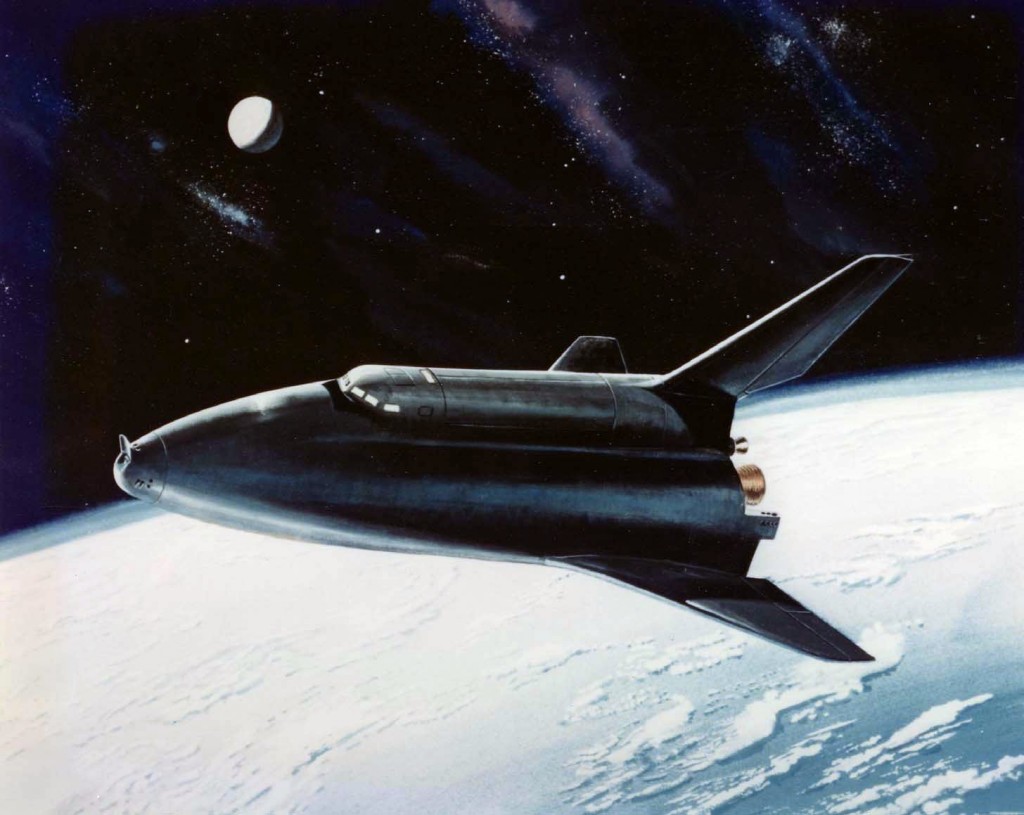I’m getting close to being done with this one. The main article, clearly, is the one on the Model 2050E Dyna Soar, the second far smaller article is on the McDonnell F-4(FVS) and derivatives, the third is the old Bill Slayton CL-295 article from the original version of APR. There will be a few more small pieces, not shown here.
Issue V3N5 will almost certainly be smaller than this. Apart from the Lunar Gemini article, it will likely be composed of a number of all-new smaller articles. I’d like to move forward a short article from further down the run to this one, due to having some new info, but that info is embargoed by the source till later in the year. It’d be nice to get back on the two-month schedule for APR, but I wouldn’t hold my breath on that.
